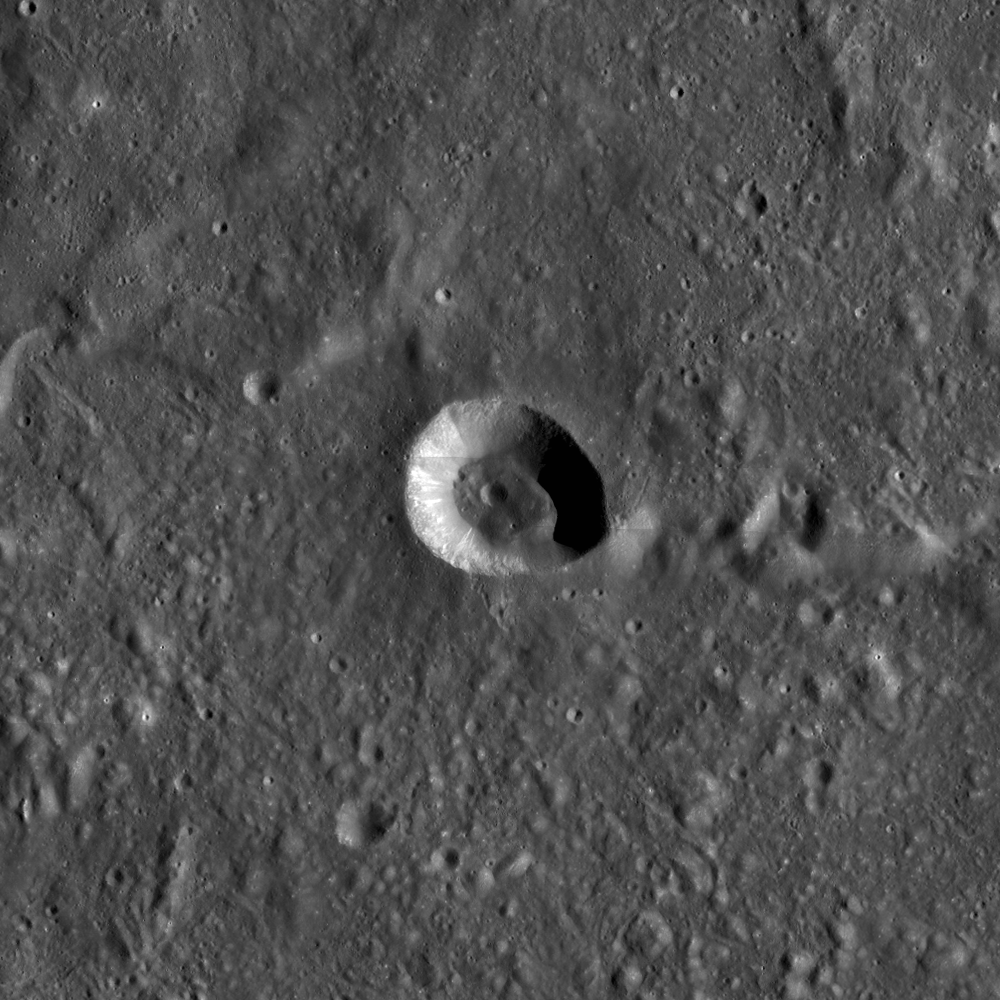
Debris flows are common on crater walls. Why? Because the wall slope is close to the angle of repose, it doesn't take much energy to mobilize rocks to flow downhill. Here, one large flow is surrounded by five thinner, shorter flows. Within the largest flow is a grey portion with a channel and triangular base. Why does the grey portion of the large flow have this shape?
Some sedimentary systems on Earth form a similar triangular shape. Rivers that empty into a larger body of water form deltas. Deltas form due to the change in the high energy to low energy environment when a river empties. The change in energy also reflects a change in depositional environment. The high energy of the river can carry more material, but a lake or ocean is less energetic and can't carry as much. The result: the material falls out of suspension and forms a delta.
Obviously, the Moon has no liquid water and thus no river systems, but a similar change in energy environments does occur here. Material in the channel travels down the crater wall from a source. When the debris flow loses enough energy and can not sustain its downward travel, the material is spread out and deposited across the surface in this similar deltaic shape!
Explore more of the debris flows in the full LROC NAC!
Related Posts:
Debris Flows in Gardner Crater
Published by Drew Enns on 3 October 2012
